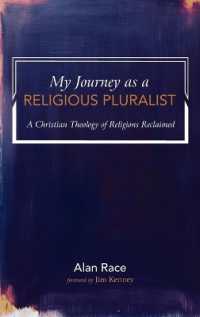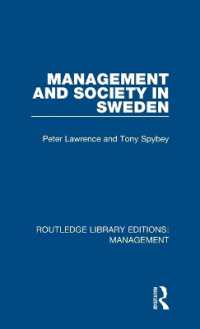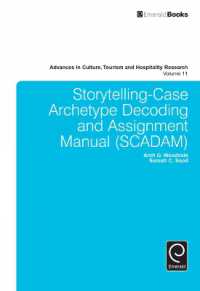Full Description
This book explores grammatical gender in the Romance languages and dialects and its evolution from Latin. Michele Loporcaro investigates the significant diversity found in the Romance varieties in this regard; he draws on data from the Middle Ages to the present from all the Romance languages and dialects, discussing examples from Romanian to Portuguese and crucially also focusing on less widely-studied varieties such as Sursilvan, Neapolitan, and Asturian. The investigation first reveals that several varieties display more complex systems than the binary masculine/feminine contrast familiar from modern French or Italian. Moreover, it emerges that traditional accounts, whereby neuter gender was lost in the spoken Latin of the late Empire, cannot be correct: instead, the neuter gender underwent a range of different transformations from Late Latin onwards, which are responsible for the different systems that can be observed today across the Romance languages. The volume provides a detailed description of many of these systems, which in turns reveals a wealth of fascinating data, such as varieties where 'husbands' are feminine and others where 'wives' are masculine; dialects in which nouns overtly mark gender, but only in certain syntactic contexts; and one Romance variety (Asturian) in which it appears that grammatical gender has split into two concurrent systems.
The volume will appeal to linguists from a range of backgrounds, including Romance linguistics, historical linguistics, typology, and morphosyntax, and is also of relevance to those working in sociology, gender studies, and psychology.
Contents
1: Introduction
2: The starting point: Gender in Latin
3: Grammatical gender in Romance: The mainstream
4: Romance gender systems: The fuller picture
5: Mass/countness and gender in Asturian
6: The older stages of the Romance languages
7: Gender from Latin to Romance: A reconstruction
8: The typological interest of lesser-known Romance gender systems








